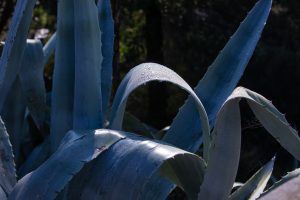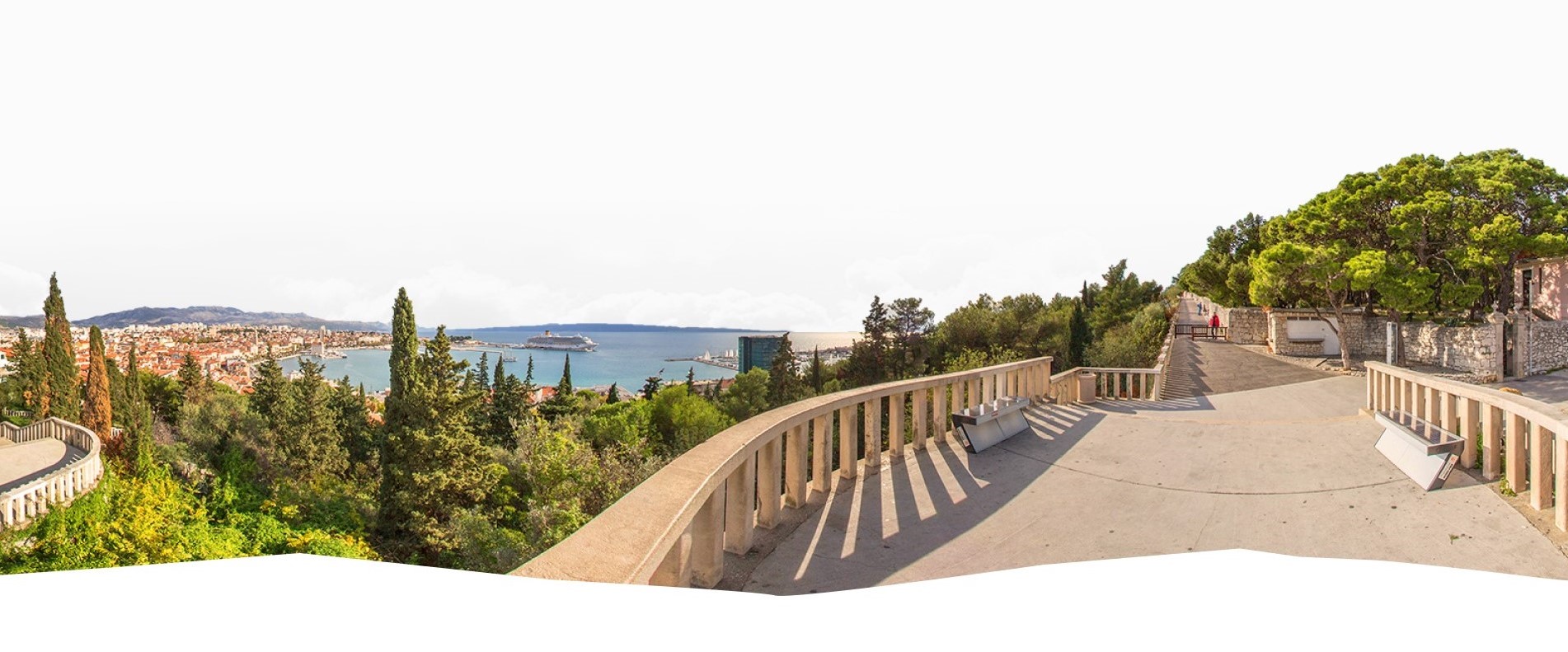Agave is a plant native to Mexico that has become well established and spread throughout Marjan. It was initially planted as an ornamental plant, starting at the First Viewpoint. It is a common myth that agave blooms every hundred years, possibly due to its nickname “the century plant” in English.Nevertheless, agave blooms approximately every 10 to 15 years, and after the flowering, the plant dies. Agave is a plant native to Mexico that has become well established and spread throughout Marjan. It was initially planted as an ornamental plant, starting at the First Viewpoint. It is a common myth that agave blooms every hundred years, possibly due to its nickname “the century plant” in English. Nevertheless, agave blooms approximately every 10 to 15 years, and after the flowering, the plant dies. In the Benedictine monastery on the island of Hvar, they make lace from the fibers of agave leaves., kod nas u samostanu benediktinki na otoku Hvaru.

The FIRST MARINE AQUARIUM with glass tanks was built in 1928 on Marjan, located on the east side of the Natural History Museum building. It was unique in the world because it did not have a constant supply of seawater or filtration. The dedicated staff maintained the water with fans and electric heating, delivering it in bags carried by mules to the first peak of Marjan. In 1935, the aquarium was refurbished, and terrariums were later added. Due to its dilapidated condition, the building was later demolished.
JADRAN SWIMMING POOL at Zvončac is an Olympic swimming pool fifty-meter log, built in 1936. In 1940, concrete stands were erected next to it for the audience.
VELI POTOK is the only flowing water on Marjan, also known as the water of St. Domnius because it was located in an area called Dujmovica, behind the Castle. The name Dujmovica derives from the church of St. Domnius, which stood there before 1119. Villa Dalmacija is situated on this site today.
MORTUARY OF THE JEWISH CEMETERY is today a restaurant, located on Marjan’s First Viewpoint. The building was constructed in 1892 and it is the first example of a building in Split that was made with a new material – cement, facilitated by the proximity of the Gilardi-Bettizza Factory, located on what is now the West Bank. The wall around the Jewish cemetery, built in 1826, was a key factor in the afforestation of Marjan, as it prevented the destruction of the plants that were growing behind it.
TABULA PEUTINGERIANA is a map of the road network from Britain to Persia during the rule of the Roman Empire from the 4th century, which was copied in the 13th century. The road to Marjan, running through the village of Spalato towards Epetium and Salona, is also marked on it. The road begins at a temple with an inscription ‘ad Diana’. Being drawn on the so-called world map, this station likely held more than just local significance, possibly serving as a larger station or there was a settlement nearby.








